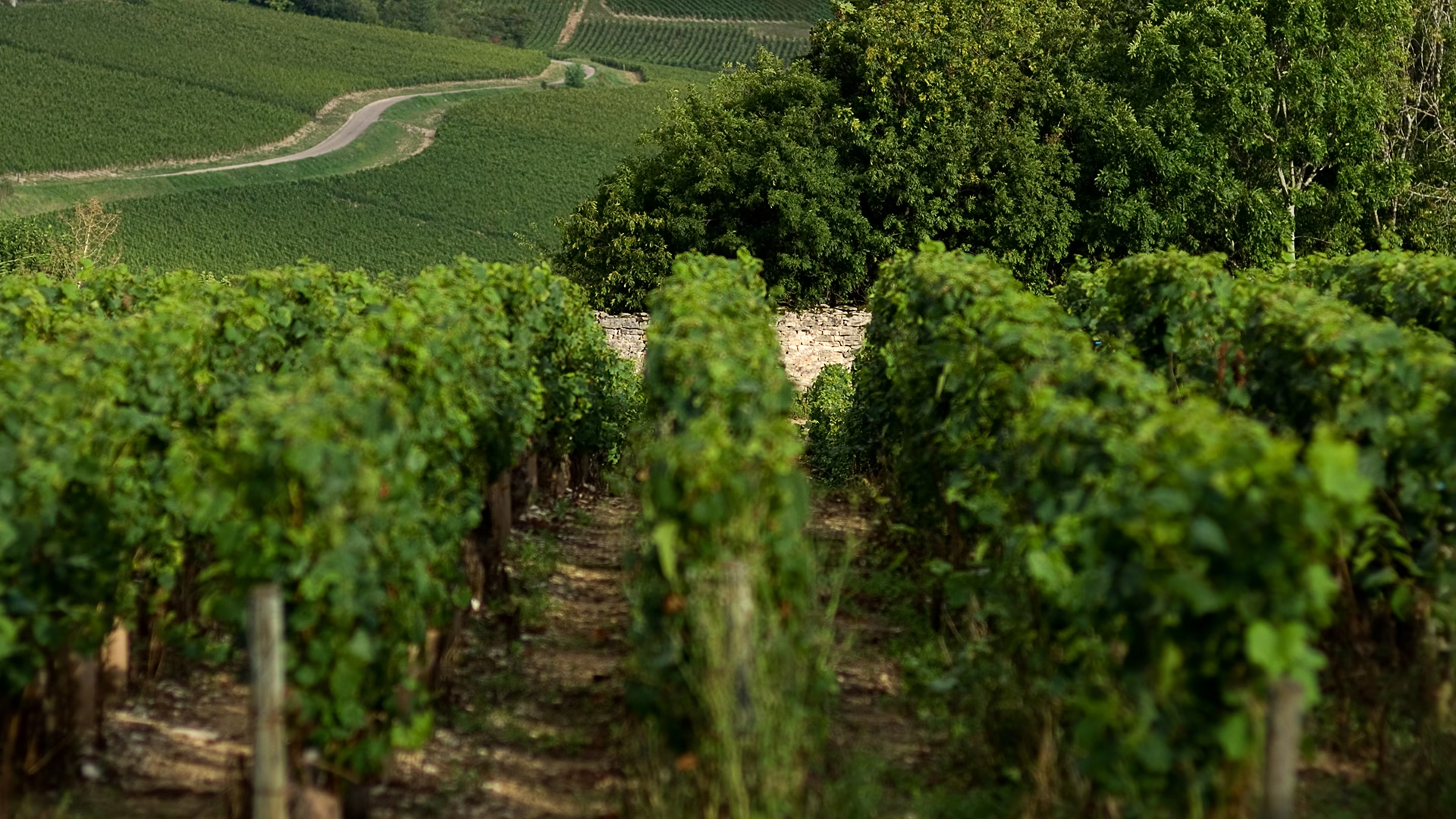Burgundy. The name alone feels like it should come with a velvet rope and a hushed tone. But it doesn’t have to be complicated. Whether you’re wine-curious or quietly Googling on your phone while staring at a label, this guide answers the most common questions about Burgundy wine, with zero judgement and plenty of flavour.
What is Burgundy wine?
Burgundy wine comes from the Burgundy region in eastern France. That’s it. The wines are all about where they’re grown. Red Burgundy is usually made from Pinot Noir. White Burgundy is typically Chardonnay. But there’s more variety than people realise, and every bottle reflects its village, vineyard and winemaker.
Is Burgundy a grape?
No. Burgundy is a place, not a grape. Red Burgundy is made mostly from Pinot Noir, and white Burgundy is usually Chardonnay. You might also come across Aligoté, a zippy white, or Gamay, which is used in wines from the Beaujolais area.
Why is Burgundy wine so expensive?
Not all Burgundy is expensive, but the top bottles can be. That’s because the region is small, the vineyards are often tiny, and the demand is sky-high. It’s like buying art from a famous local painter. The wines are limited, carefully made and tied to their exact origin.
What does Burgundy wine taste like?
Red Burgundy (Pinot Noir) is usually light to medium in body, with flavours of cherry, strawberry, earth and spice. White Burgundy (Chardonnay) can range from crisp and mineral to rich and creamy, depending on where it’s from and how it’s made.
How do you read a Burgundy wine label?
It’s all about the name on the bottle. Here’s your cheat sheet:
- Bourgogne – regional wine, good for entry-level drinking
- Village – from a specific village like Chablis or Volnay
- Premier Cru – from a top-tier vineyard
- Grand Cru – rare and considered the best
If you see the name of a village or vineyard, that’s the clue to quality and location.
Is Chablis a Burgundy wine?
Yes. Chablis is part of Burgundy, and it produces some of the region’s most distinctive white wines. They are almost always unoaked Chardonnay, known for their crispness and mineral edge.
What’s the difference between Bordeaux and Burgundy wine?
Bordeaux wines are usually blends. Reds are made with grapes like Cabernet Sauvignon and Merlot. Whereas Burgundy wines are made mostly from single grapes (Pinot Noir for red and Chardonnay for white) and focus more on the influence of the vineyard itself.
What food goes well with Burgundy wine?
Red Burgundy loves dishes like roast duck, mushrooms, game and even salmon. White Burgundy pairs beautifully with roast chicken, creamy cheeses, seafood and buttery pastas. If in doubt, match the intensity of the dish to the weight of the wine.
Can I find good Burgundy wine without spending a fortune?
Yes. Look for wines from lesser-known villages or regions like Fixin or Ladoix. Many offer incredible value and lots of character. You’ll find plenty of hidden gems in our shop, handpicked to deliver quality without the eye-watering price.
But some of the best value Burgundy wine can be found in the regional appellations, called Bourgogne. If you know, you know (or we can tell you). Do your research and you might find that some of these Bourgogne wines are actually declassified village-level wines.
Where can I buy Burgundy wine online?
Right here. At Burgundy Wine Club, we specialise in authentic, curated bottles from across the region, from everyday classics to cellar-worthy treasures. Every wine comes with tasting notes, pairing suggestions and zero fuss.
Final Sip
Burgundy wine doesn’t have to be mysterious. Start with the basics, follow your taste and don’t be afraid to ask questions. The more you explore, the more you’ll realise it’s not about memorising facts, it’s about finding what speaks to you in the glass.

